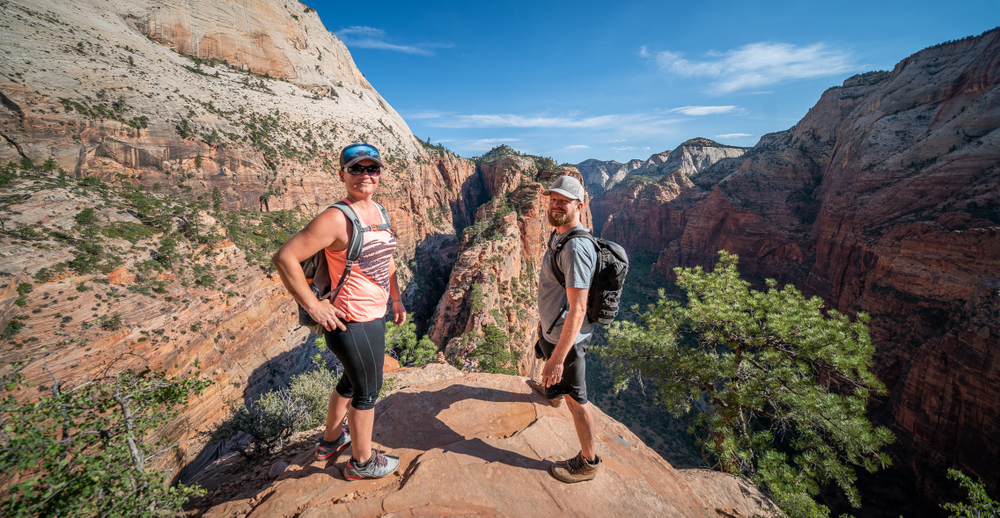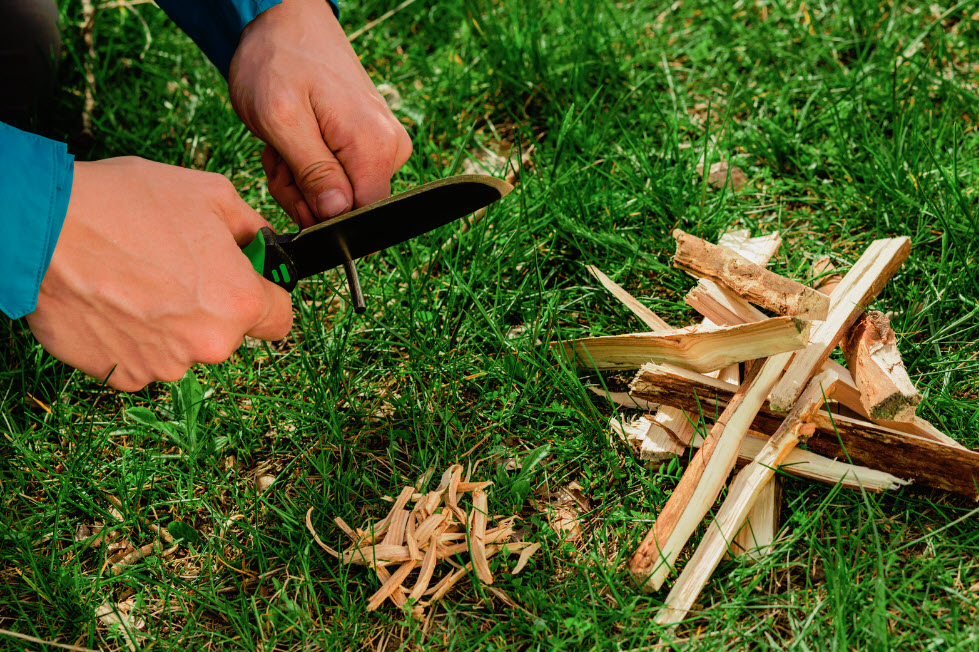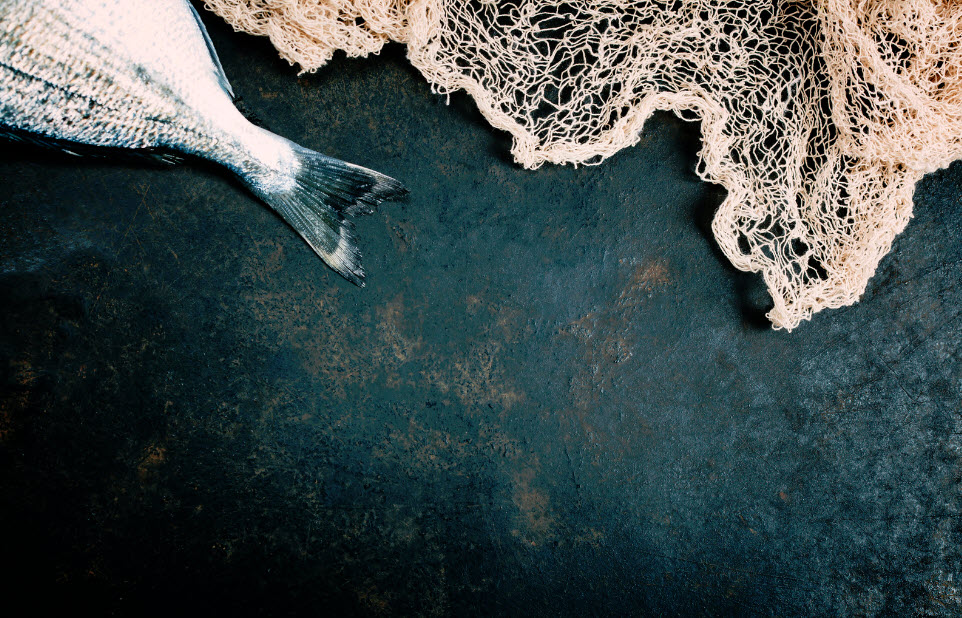
With the modern conveniences everyone has these days, learning survival skills is usually neglected. So when a storm or any unexpected situation happens, many are left panicking and without a good plan. That’s why camping is a great way for survival training.
Survival training refers to a way of training individuals to survive in the wilderness with knowledge and skills in using available resources to sustain basic needs, such as water, shelter, food, and warmth provided by a campfire. Camping for survival training usually includes long hikes, fishing, sailing in rafts or canoes, biking, hunting, and lighting fires. Different organizations offer survival training, and it is usually held in mountain ranges, forests, and hilly areas.
Below are some of the great places where you can go camping for survival training.
Page Contents
- The Alps in France
- Mt. Cook National Park in New Zealand
- Devon in England
- Hossa National Park in Finland
- Zion National Park in Utah, United States
- Conclusion
- What is survival training?
- What are the benefits of survival training?
- What to expect in survival training?
- Survivalism& survivalists—here’s a brief explanation!
The Alps in France
During winter, you’ll find a dominion of skiers in the Alps in France, which beautifully transforms as the snow thaws. In spring, campers and hikers come to experience nature and test their survival skills. This place is made more special because of the beautiful villages nestled in foothills, fresh alpine air, and magical glittering night from the sky above.
The Alps is one of the best places to camp for survival training, like what the Chasseurs Alpins battalions used to train. In the French Alps, you’ll learn how to climb, cross-country ski, how to build an igloo shelter, and sleep in freezing temperatures.
Mt. Cook National Park in New Zealand
Mount Cook is also called as Aoraki to the Maori, which is the highest mountain in New Zealand with staggering views from the campgrounds. It’s also one of the best places for camping survival training, which helps improve your alpine instincts through a mountain skills course, combining the technical knowledge and skills, and practical know-how of high altitude exploration. One example is reading the snowline to survive an avalanche.
Here are the things you’ll learn in a mountain skills course in Mt. Cook National Park:
- Basic snow safety and route selection
- Study mountain weather
- Map reading and other navigation topics
- Avalanche awareness and rescue
- Dealing with hypothermia
- Snow shelter construction
- Basic rope use
Devon in England
In the southwest of England, you’ll find the perfect campsites in Devon, such as Dartmoor and Exmoor, for survival training. You’ll learn how to camp in the woods and live comfortably and happily with nature with Bushcraft courses, such as the following qualification training:
Weekend Bushcraft Qualification Training
- Primitive Crafts
- Fire Lighting
- Animal Tracking
- Traps And Snares
- Foraging And Wilderness Cookery
- Axe Proficiency
- Remote Emergency Outdoor First Aid

Hossa National Park in Finland
The newest national park in Finland, the Hossa National Park, opened in 2017. It is close to the Russian border situated in the Kainuu region. The park has a rugged landscape of lakes, rivers, and old-growth spruce forests, welcoming wild campers to test their survival skills.
You’ll be mesmerized with the beautiful panoramas of northern Finland while enjoying the snowshoe-paddle adventure in the wonderland of reindeer herders and the stunning northern lights. Also, your camping trip in Hossa National Park will surely be unforgettable because most travel itineraries offered by different tourist agencies include camping for survival, such as:
- Tracking
- White fishing
- Discovery of local fauna and flora
- Igloo construction
- How to make fire
- Creating various traps.
Zion National Park in Utah, United States
Zion National Park in Utah is a spectacular park in the Southwest. Tourists are fascinated with its rugged plateaus, forested canyons, and red sandstone cliffs. South and watchmen are the established campgrounds in Zion, where you can also join a survival training course.
Just recently, the Wilderness Medical Society conducted a survival training, Wilderness Medicine and Desert Skills in Zion. In this course, participants were introduced to the amazing canyon country, discovering the hidden arches of the ancient Anasazi, exploring slot canyons, and climbing desert towers.
They had field-based wilderness medicine skills training, with an emphasis on small group leadership and self-care. Also, they learned desert camping and survival skills, basic canyoneering skills, and survival techniques. You can join survival training camps like these or create a team on your own while you enjoy the beauty and adventures of Zion National Park.
Conclusion
Survival training is a must because nobody knows when a natural disaster might strike. Even as young as the childhood stage, camping with family can be a meaningful learning experience for children to develop their survival skills. For adults, survival training in one of the above-mentioned best places to camp, like the Alps, Zion, and Devon, will surely make a big difference if a crisis arises.
What is survival training?
Survival training is a kind of instruction that prepares you to survive in the wilderness. Through theoretical and physical practice, you will learn how to meet your basic needs such as water, shelter, and food in the middle of the wilderness. You will learn how to find and use the natural resources to stay hydrated, fed, and protected until the rescuers find you. The skills you will learn with survival training depend on your course and where you take it.

Who can do survival training?
Anyone interested in survival training can find a class that matches their physical condition, skill levels, and budget. Some courses last for several hours to one day long, whereas others span over a week. If you have an excellent physical condition and feel that you’re mentally strong for such a challenge, we encourage you to take on a one-week survival training.
Survival training isn’t appropriate for children younger than 12. If you are interested in enrolling your kid in survival training, we recommend asking the training organization about the age requirements. Each course will mention the physical and mental skills that participants should have. We strongly advise you to give them a read before signing up.
Aside from age limitation, survival training has fantastic benefits in terms of self-esteem, team building, relationships, etc. Here’s who can take on survival training:
- Individuals
- Couples
- Groups
- Team-building for work
- Survivalists
What are the benefits of survival training?
With survival training, you don’t just learn how to find water and food. The most important benefits of such a course are as follows:
You increase your chances of survival
Since it’s survival training, it makes sense that the primary purpose would be to learn survival skills. Once you know how to find water, food, shelter, etc., you increase your chances of survival in emergencies. Most of the survival is focused on preparation and training for it is the most efficient method.
It teaches you respect for nature
With survival training, you learn how to appreciate and respect nature. You get a deeper understanding of nature and understand how to use it to your advantage.
It builds character
When faced with a survival situation, you have to remain calm and find the means to stay alive. You become a stronger person as you complete your tasks at the survival training. When the harsh reality hits you, you will be ready to take the challenge.
You learn about self-reliance
While you learn how to overcome the challenges in the wilderness, you begin to feel a sense of self-reliance. After you’re done with training, you will know that you can rely on yourself in life-threatening situations.
You make new friends
You will not be the only participant in the survival training. You will meet new people and build new and strong connections. You learn to trust other people, help them, and work together in life-threatening situations.
You learn bushcraft
Bushcraft is an incredibly precious skill that you need for survival scenarios. With survival training, you can develop bushcraft and turn it into a valuable skill later in your life.
You learn how to use the survival gear
Survival knives, fire starting kits, and a survival kit are tools you learn how to use with survival training. Both adults and young people love cool gear and you will learn everything from handling the survival knife to lighting fires safely.
You gain self-confidence
Knowing that you will be able to stay alive in an emergency gives you peace of mind and strengthens self-confidence. Young people and adults will feel more confident in themselves than before entering the survival class. They had to face new challenges, develop many skills, and learn so many things.
You have fun
Even if survival training teaches you about serious matters in life, it doesn’t mean you shouldn’t have fun. After all, trying to stay alive with only a small knife and a survival kit in your pack is both new and fun.
What to expect in survival training?
Survival training can address people of various ages. Even if each survival school has its activities, here’s what to expect in most schools. These are the tasks according to the age of participants:

16 year or older
With such training, the participants will learn:
- How to find water and purify it to drink it
- How to build a shelter (building principles), where to install it, and how to set up a bivouac
- How to find food and what is safe to eat (insects, plants). Participants learn how to make and set up traps.
- How to control body temperature, isolate from cold/heat
- How to start a fire in challenging weather
- How to find the bearings with/without equipment, how to make knots
- Things about first aid, how to make an emergency shelter, etc.
12 years or older
The participants will learn:
- Basic survival: definition, the principles, the survival triangle
- Use the fire kit, split firewood, firestone, learn tips and tricks
- How to clothe, avoid hypothermia, and about survival shelter
- How to find water (collect it and how to filter it for drinking)
- First aid, prepare a personal medical kit, casualty movement, possible problems, etc
- Personal defense
- Use a survival kit
- Spend the night in a bivouac, learn how to use natural materials for a shelter, light a fire with the kit fire. Participants go in a group to find food.
Survivalism& survivalists—here’s a brief explanation!
As you start looking for survival training, you will probably run a lot into the term “survivalism.” The term refers to the people who prepare for emergencies and political/social disasters scenarios. They don’t necessarily get ready to survive in the middle of nowhere without necessities.
Survivalists typically prepare for getting lost in the wild, losing their jobs, staying alive in natural disasters such as tornados. They also stock up on emergency food, water, and medical supplies. Many survivalists build shelters that are impervious to damage. All in all, survivalists prepare on stockpiling supplies, self-reliance, and improving knowledge and skills for life-threatening scenarios.








